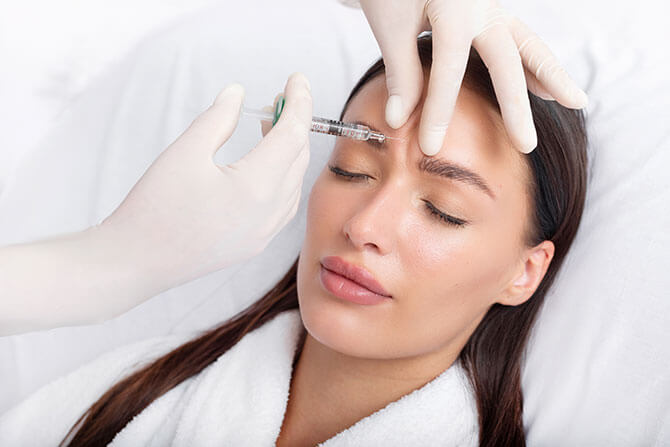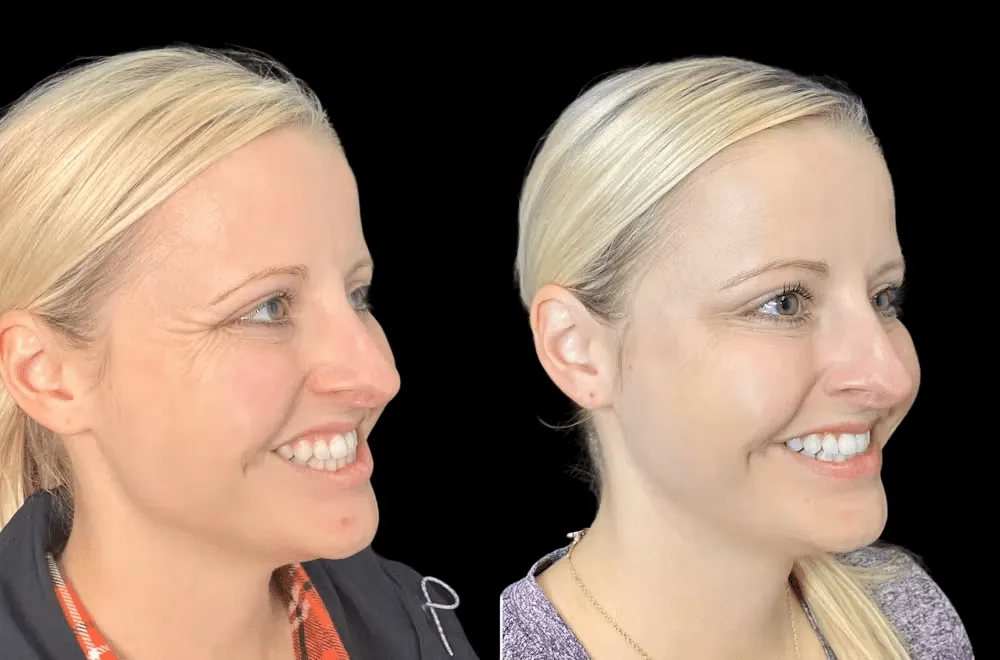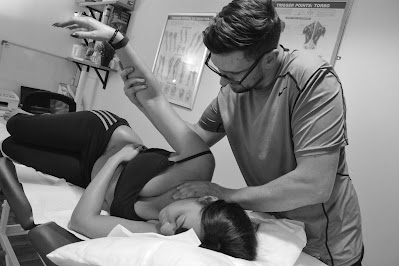Botox has become one of the most popular cosmetic treatments worldwide, especially for addressing fine lines, wrinkles, and crow’s feet around the eyes. Many people wonder about its safety when injected near such a delicate area. While results can be impressive, it’s natural to have concerns before going for the procedure. For those considering Botox in Islamabad, it’s important to know how the treatment works, its safety profile, and what precautions to keep in mind before making a decision.
Understanding Botox and Its Purpose
Botox is a purified form of botulinum toxin that temporarily relaxes muscles. When injected into specific facial areas, it prevents repetitive movements that cause wrinkles. Around the eyes, Botox is commonly used to smooth:
-
Crow’s feet (lines at the outer corner of the eyes)
-
Under-eye wrinkles
-
Frown lines between the brows
Since the skin near the eyes is thin and sensitive, Botox injections require high expertise to ensure both safety and effectiveness.
Is Botox Safe Around the Eye Area?
The short answer is yes, Botox is generally considered safe around the eyes when performed by a licensed and experienced practitioner. Clinical studies and decades of cosmetic use show that Botox can effectively treat wrinkles without major risks when administered properly.
However, safety depends on three main factors:
-
The expertise of the injector – A qualified dermatologist or cosmetic surgeon ensures correct placement and dosage.
-
The amount of Botox used – Too much can cause side effects like drooping eyelids or uneven results.
-
Patient suitability – Not everyone is an ideal candidate, and a professional evaluation is essential.
Benefits of Botox Around the Eyes
Botox is widely chosen for eye-area rejuvenation because it provides noticeable improvements without surgery. Some of its key benefits include:
-
Reduction of crow’s feet – Softens fine lines at the eye corners.
-
Youthful appearance – Smooth skin makes eyes look fresher and more awake.
-
Quick procedure – The treatment usually takes only 10–15 minutes.
-
Minimal downtime – Most patients can return to daily activities immediately.
-
Why the Eye Area Needs Special Care
The skin around the eyes is about 10 times thinner than the skin on the rest of the face, making it more prone to fine lines and sagging. Because of this sensitivity, Botox treatments in this area require precision and expertise. An experienced injector knows:
-
Exactly how much Botox is safe to use.
-
The correct depth of injection to avoid complications.
-
How to balance both eyes for symmetrical results.
This is why patients are always advised to seek treatment from licensed dermatologists or cosmetic surgeons, rather than uncertified providers.
Benefits of Botox Around the Eyes
When performed correctly, Botox offers several advantages:
-
Softens crow’s feet – making the eye area look smoother.
-
Brightens appearance – reduces the “tired look” by relaxing wrinkles.
-
Prevents deep lines – slows the development of permanent creases.
-
Non-surgical option – no cuts, stitches, or scars.
-
Quick recovery – most people return to work or social activities right after treatment.
Many patients describe the results as subtle yet effective, helping them look refreshed rather than “overdone.”
-
Potential Side Effects
Like any cosmetic procedure, Botox around the eyes carries some risks. Fortunately, side effects are usually mild and temporary. Common side effects may include:
-
Minor bruising or redness at the injection site
-
Temporary eyelid drooping (ptosis)
-
Mild swelling or tenderness
-
Dry eyes or watery eyes
These effects usually resolve within a few days to a couple of weeks. Choosing a qualified professional significantly reduces the likelihood of complications.
Who Should Avoid Botox Near the Eyes?
While Botox is safe for most people, certain individuals should avoid treatment or consult a specialist before proceeding:
-
Pregnant or breastfeeding women
-
People with neuromuscular disorders
-
Individuals with skin infections near the injection site
-
Those allergic to botulinum toxin ingredients
A proper medical consultation ensures that the treatment is suitable for your skin type and overall health.
Safety Tips Before Getting Botox
If you are planning Botox for the eye area, consider these safety guidelines:
-
Choose a certified professional – Never compromise on the qualifications of your injector.
-
Discuss your medical history – Inform your doctor about any conditions or medications.
-
Avoid blood-thinning products – Stop taking aspirin, alcohol, or certain supplements before treatment to reduce bruising.
-
Follow aftercare instructions – Do not rub or massage the treated area for at least 24 hours.
Results and Longevity
Botox results around the eyes usually start becoming noticeable within 3–7 days after treatment, with full results visible in about two weeks. The effects typically last 3 to 4 months, after which follow-up sessions may be needed to maintain results.
Botox vs. Other Eye Treatments
To better understand Botox’s role in eye rejuvenation, here’s a quick comparison with other common treatments:
| Treatment | Best For | Longevity | Downtime |
|---|---|---|---|
| Botox | Dynamic wrinkles (crow’s feet, frown lines) | 3–4 months | Minimal |
| Dermal Fillers | Volume loss under the eyes | 6–12 months | Mild swelling |
| Laser Resurfacing | Skin texture and pigmentation | Long-lasting | 1–2 weeks recovery |
| Surgery (Blepharoplasty) | Sagging eyelids | Permanent | 2–4 weeks recovery |
Botox is an excellent non-surgical option for those who want quick improvements without the commitment of surgery.
Final Thoughts
So, is Botox safe around the eye area? The answer is reassuring—yes, when performed by a skilled professional. The treatment has a strong safety record and delivers visible improvements with minimal downtime. However, patients should always choose an experienced practitioner, follow pre- and post-treatment guidelines, and have realistic expectations.



